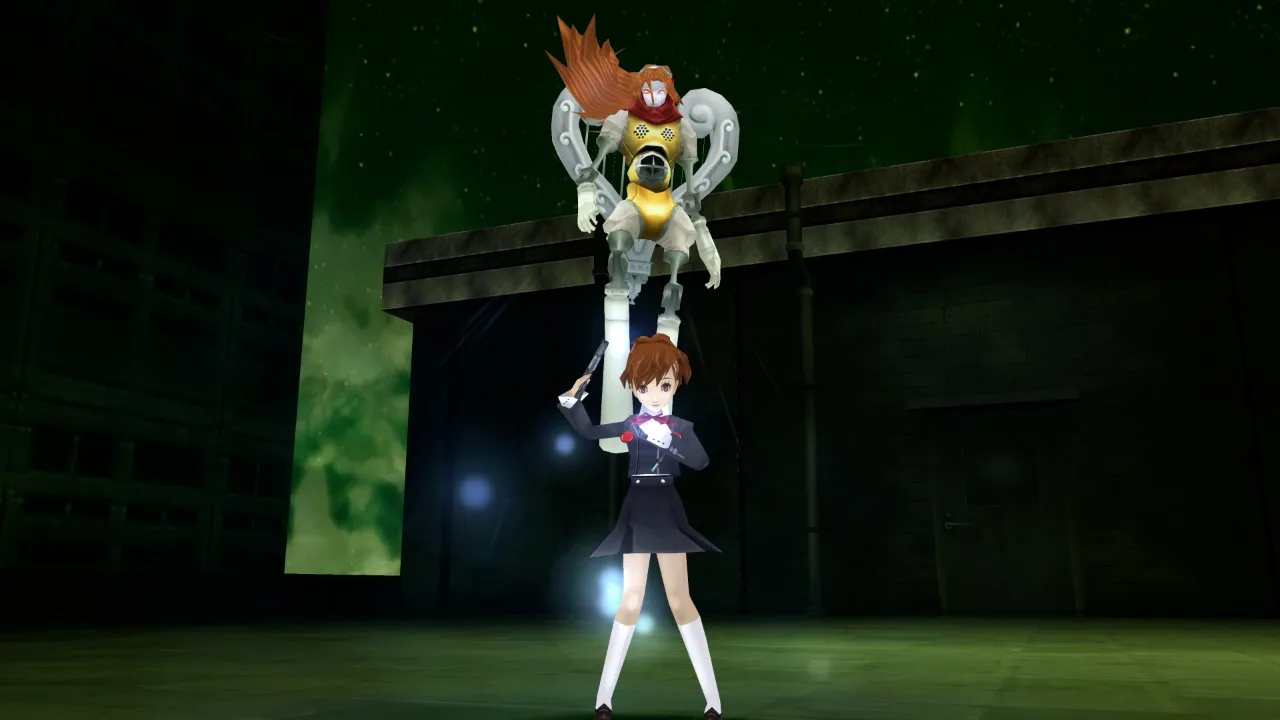
Persona 3 Portable: A Deep Dive into the Remastered Classic
Contents
Persona 3 Portable, a beloved entry in the Persona series, has recently been remastered and re-released for modern platforms. Following the success of Persona 4 Golden on Steam, this release answers the fervent wishes of fans eager to experience Persona 3 on PC and current-gen consoles. This article explores the strengths and weaknesses of Persona 3 Portable, offering insight into its gameplay, narrative, and the reasons behind Atlus’s decision to remaster this particular version.
 Persona 3 Portable protagonist
Persona 3 Portable protagonist
Engaging Gameplay Mechanics
Persona 3 Portable offers a compelling blend of exploration, combat, and social interaction, providing players with deep customization options. The game divides its gameplay into two main segments: exploration and combat. During the day, players navigate the Japanese city of Iwatodai, interacting with NPCs, attending school, and taking on part-time jobs to improve their academic and social skills. This daytime exploration allows players to build relationships with key NPCs through the Social Link mechanic, a “friendship” system that delves into the lives of these individuals.
 Persona 3 Portable Social Links
Persona 3 Portable Social Links
While not all Social Links offer profound narratives, they breathe life into the city and its inhabitants. At night, players venture into Tartarus, a mysterious tower that emerges during the Dark Hour, the hidden 25th hour of the day. Tartarus is home to Shadows, monsters that players battle in turn-based combat to earn experience, money, and items. This currency can then be used during the day to purchase weapons and equipment.
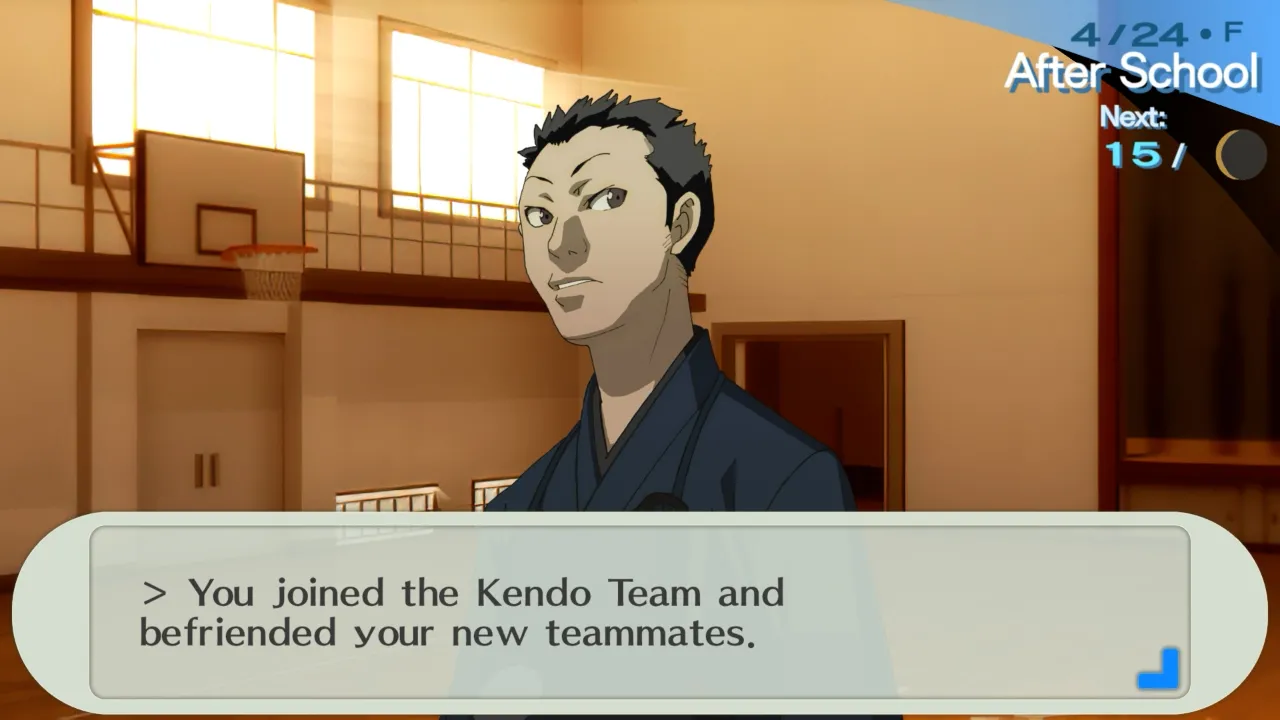 Persona 3 Portable Social Link example
Persona 3 Portable Social Link example
By strategically managing their party and utilizing various attack types, players can exploit enemy weaknesses and stun them, granting an extra turn known as “one-more.” This advantage allows for swift enemy elimination or targeting other foes. Successfully stunning all enemies triggers an “All-out Attack,” a powerful finishing move.
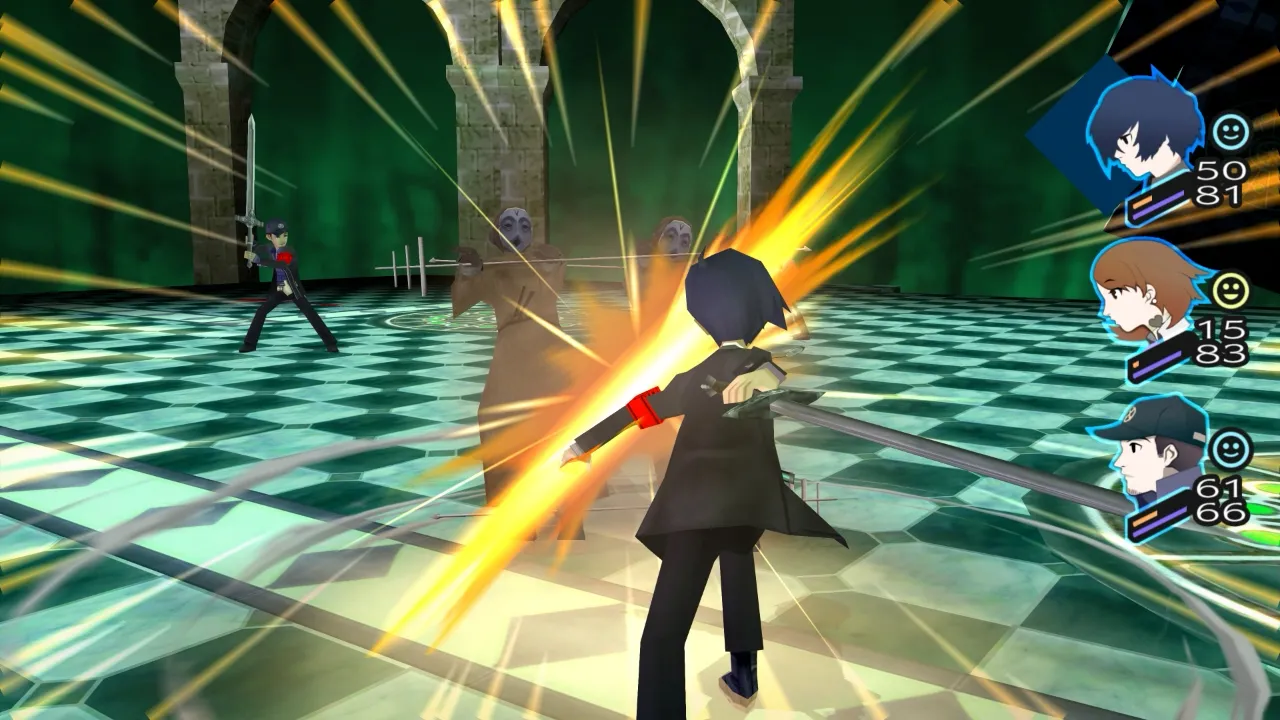 Persona 3 Portable combat
Persona 3 Portable combat
Central to the combat system are the Personas, supernatural beings summoned during battle. The protagonist possesses the unique ability to wield multiple Personas, collected throughout the game. Each Persona boasts unique skills and attributes, customizable by fusing them with other Personas to create new ones. This flexibility allows the protagonist to adapt to various combat roles, from damage dealer to healer.
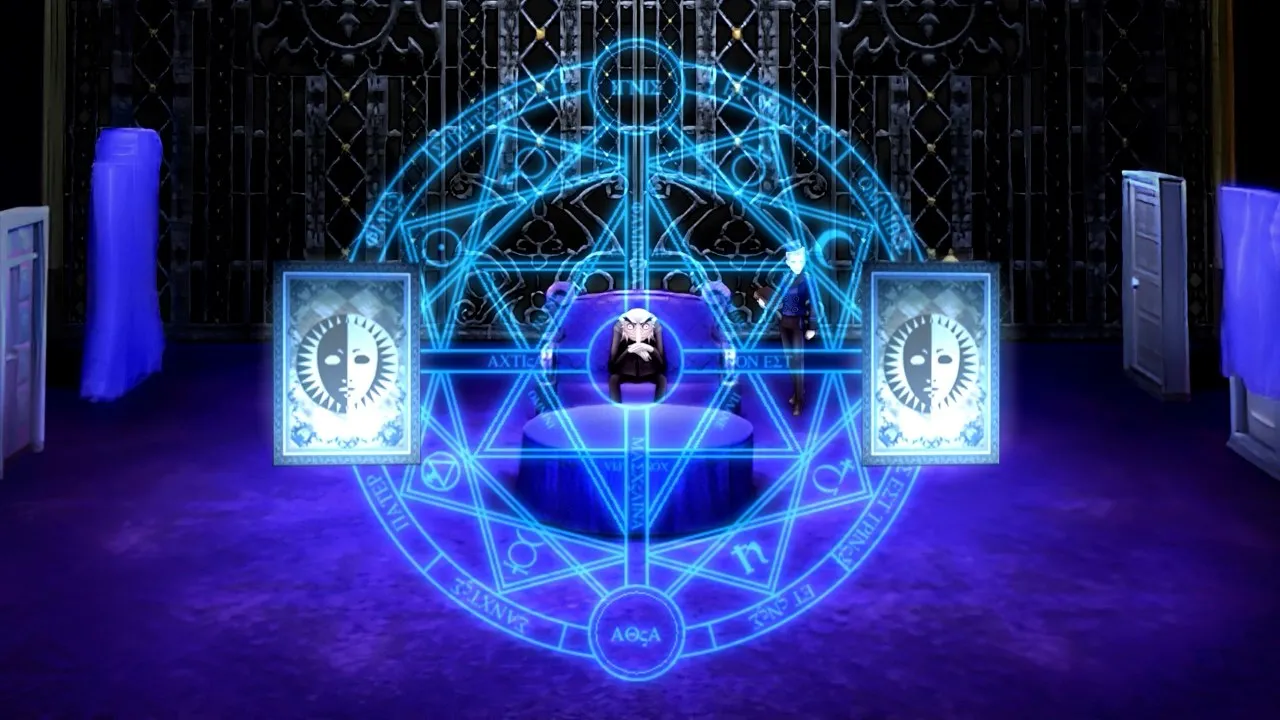 Persona 3 Portable Persona fusion
Persona 3 Portable Persona fusion
Persona fusion is intrinsically linked to Social Links. Each Social Link represents an Arcana, and the higher the Social Link level, the stronger the created Persona of that Arcana. Strategic relationship building allows players to craft incredibly powerful Personas, making the game significantly easier.
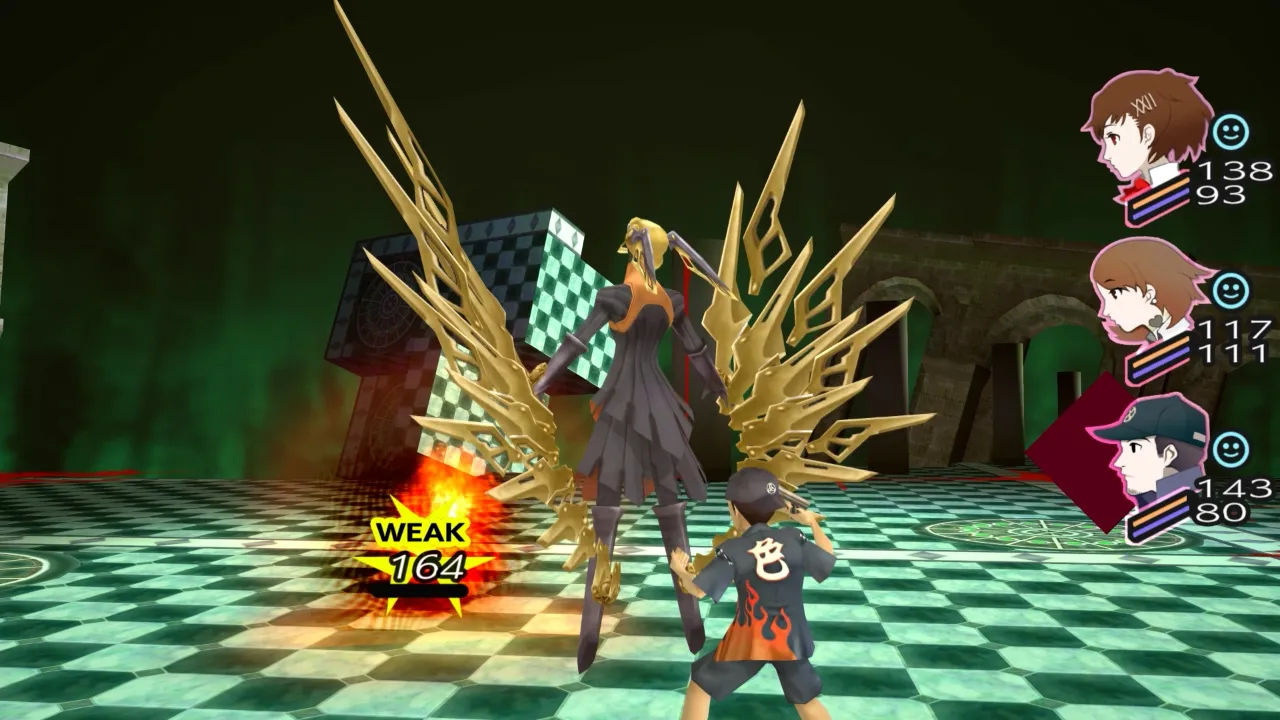 Persona 3 Portable combat party view
Persona 3 Portable combat party view
A Narrative Exploring Life and Death
Like all Persona games, Persona 3 Portable explores a distinct theme: the meaning of life and death. The game posits that life gains meaning through the acceptance of mortality, urging us to live to the fullest. Throughout the game, members of SEES, the specialized extracurricular execution squad, confront the deaths of loved ones and learn to cope and move forward. These characters and their emotional responses are well-developed, fostering empathy within the player.
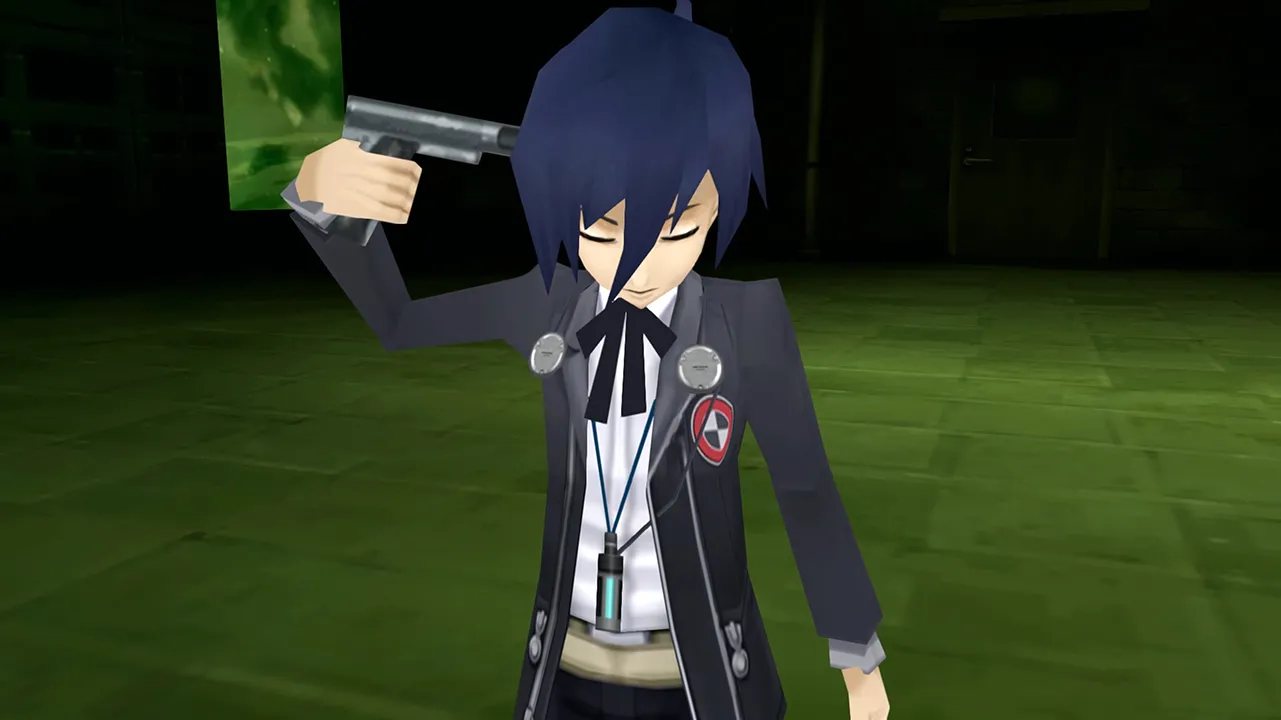 Persona 3 Portable character interactions
Persona 3 Portable character interactions
The evolving relationships between the player and SEES members, as well as their individual personalities, are intertwined with the narrative’s progression, giving depth to the characters. Particularly noteworthy are the character arcs of Akihiko, Ken, and Aigis. Their development effectively conveys the theme of life and death.
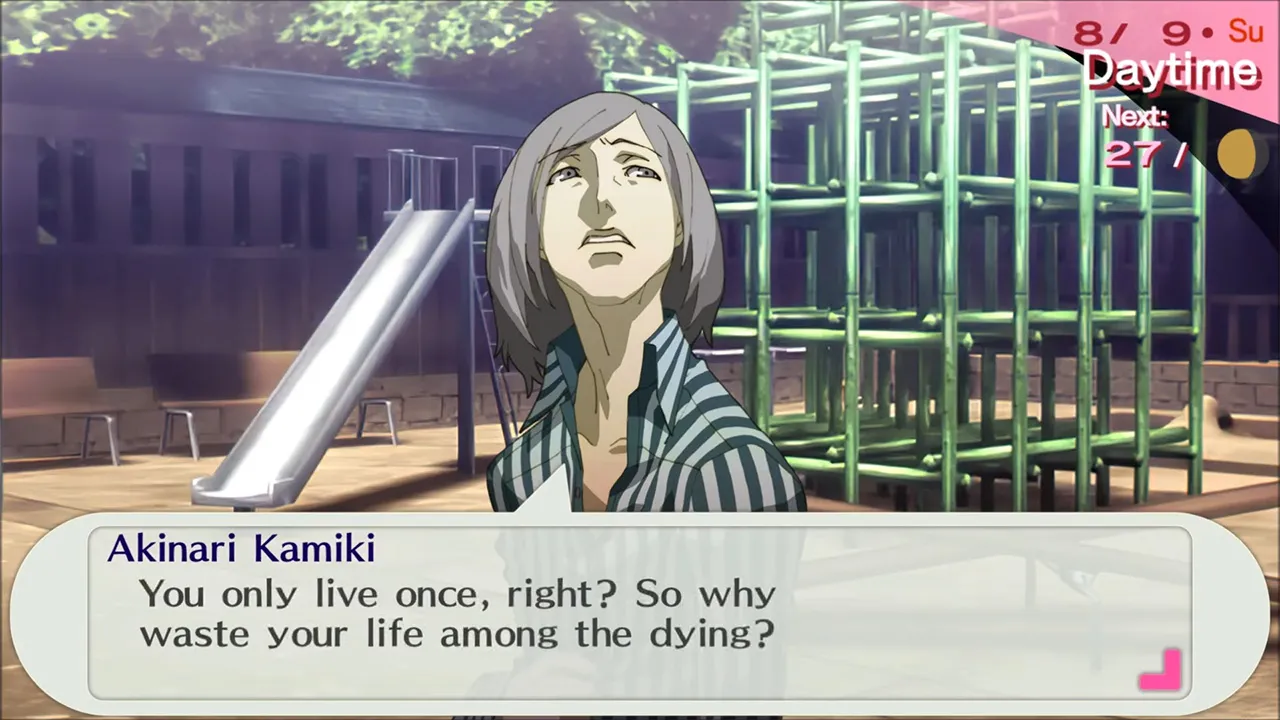 Persona 3 Portable character development
Persona 3 Portable character development
The method of Persona summoning also contributes to the narrative’s theme. Using an “evoker,” a gun-shaped tool, pointed at the head and fired, symbolizes overcoming the fear of death to gain strength and move forward. Social Links further explore this theme, demonstrating that death isn’t the end, as our legacy continues to influence the lives of others. While not flawless, Persona 3 Portable’s narrative effectively explores its central theme.
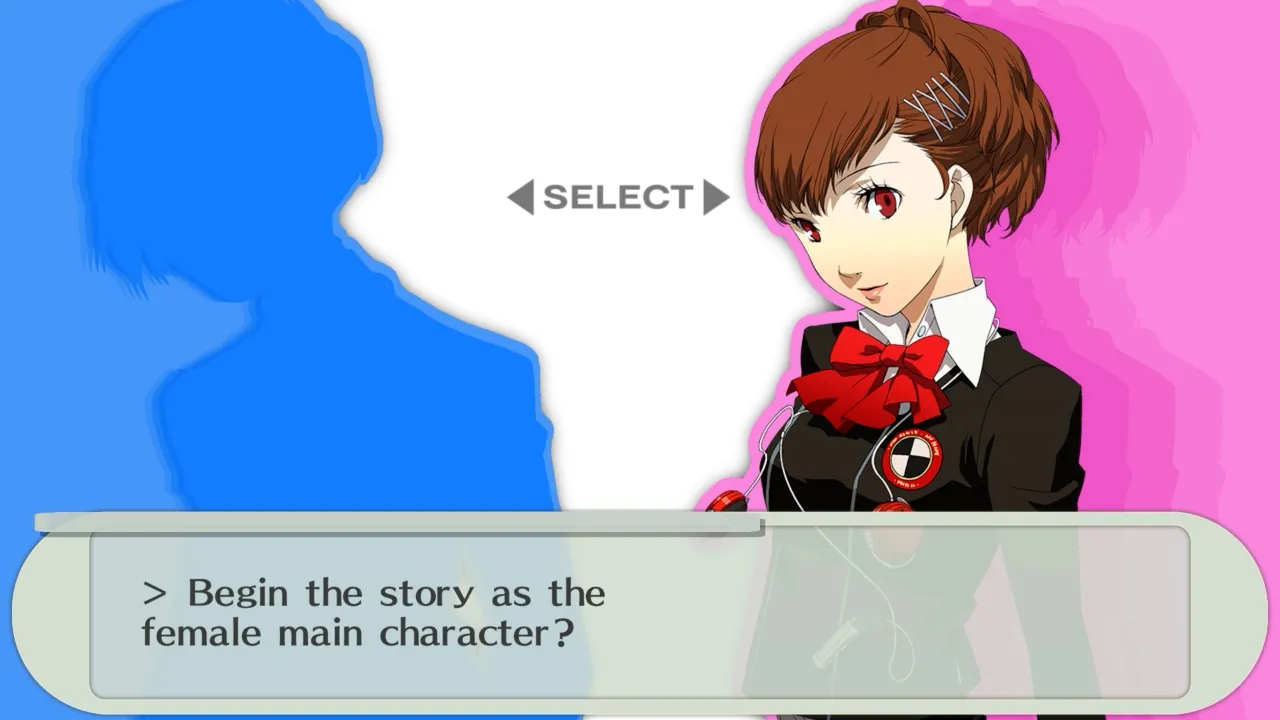 Persona 3 Portable female protagonist
Persona 3 Portable female protagonist
High Replay Value: The Female Protagonist
A key feature of Persona 3 Portable is the inclusion of a female protagonist (FeMC). More than just a reskin, FeMC offers a unique experience with distinct dialogue, weapons, and even a different soundtrack. Crucially, FeMC allows players to build relationships with the male SEES members, offering a new perspective on their lives and backstories.
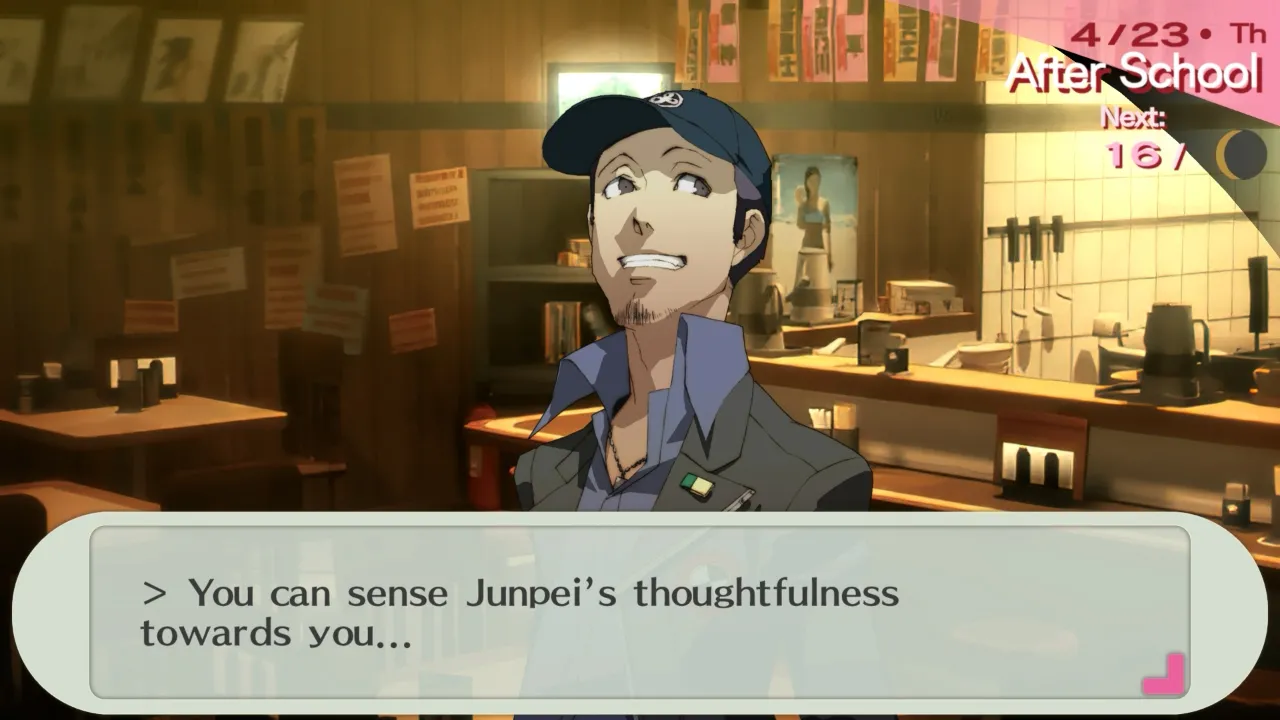 Persona 3 Portable FeMC Social Link
Persona 3 Portable FeMC Social Link
This feature significantly enhances replayability, allowing players to delve deeper into the characters’ lives after their initial playthrough. FeMC also introduces new Social Links with unique NPCs, further refreshing the gameplay experience.
A Lackluster Remastering Effort
Being originally a PSP title, Persona 3 Portable sacrificed certain elements from the PS2 version due to hardware limitations. Cutscenes utilize slideshows of visual novel-style backgrounds instead of anime sequences, and exploration uses a cursor to interact with key points on the screen rather than free 3D movement. These limitations are compounded by the remastering process, which falls short of expectations.
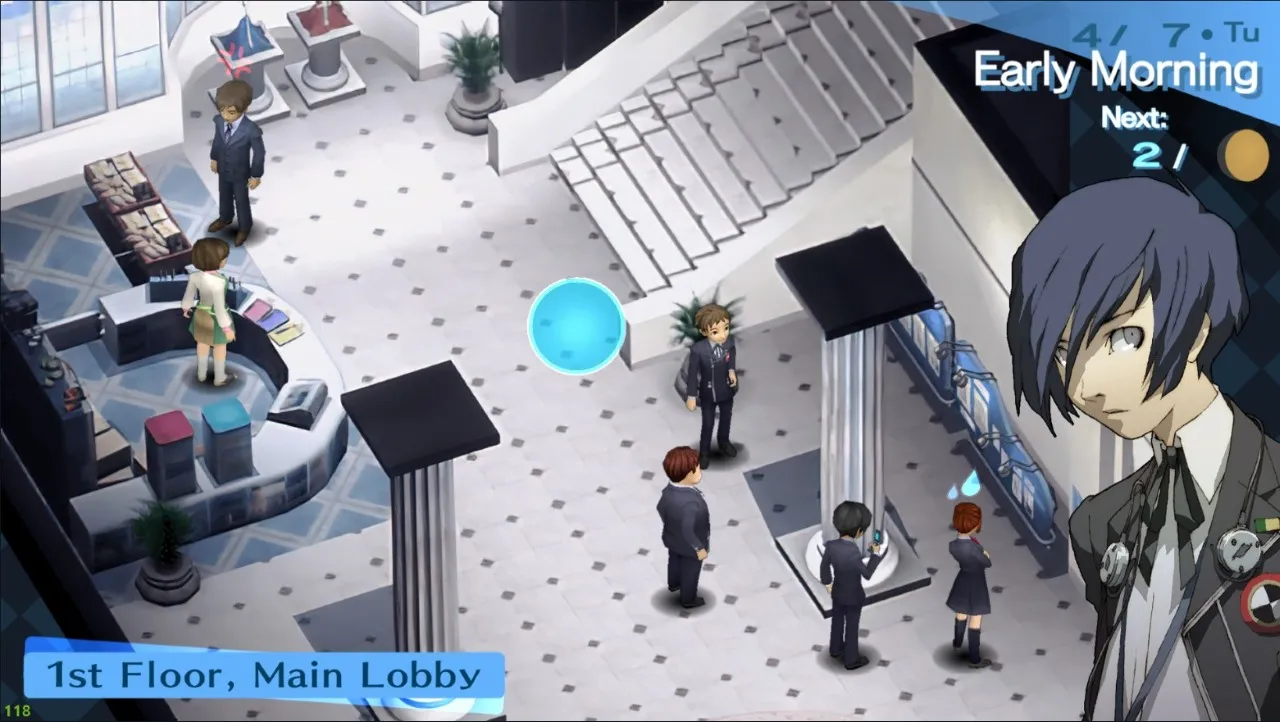 Persona 3 Portable upscaled backgrounds
Persona 3 Portable upscaled backgrounds
Instead of redrawing the original 240p background images, Atlus opted for AI upscaling, resulting in blurry visuals that detract from the overall aesthetic. While character sprites appear to have been meticulously redrawn, the disparity in quality between character art and backgrounds is jarring. The visual novel segments also suffer from simplistic backgrounds, hindering emotional conveyance in certain scenes. Finally, the low-detail character models from the PSP version have been retained and upscaled, rather than being replaced with higher-quality assets.
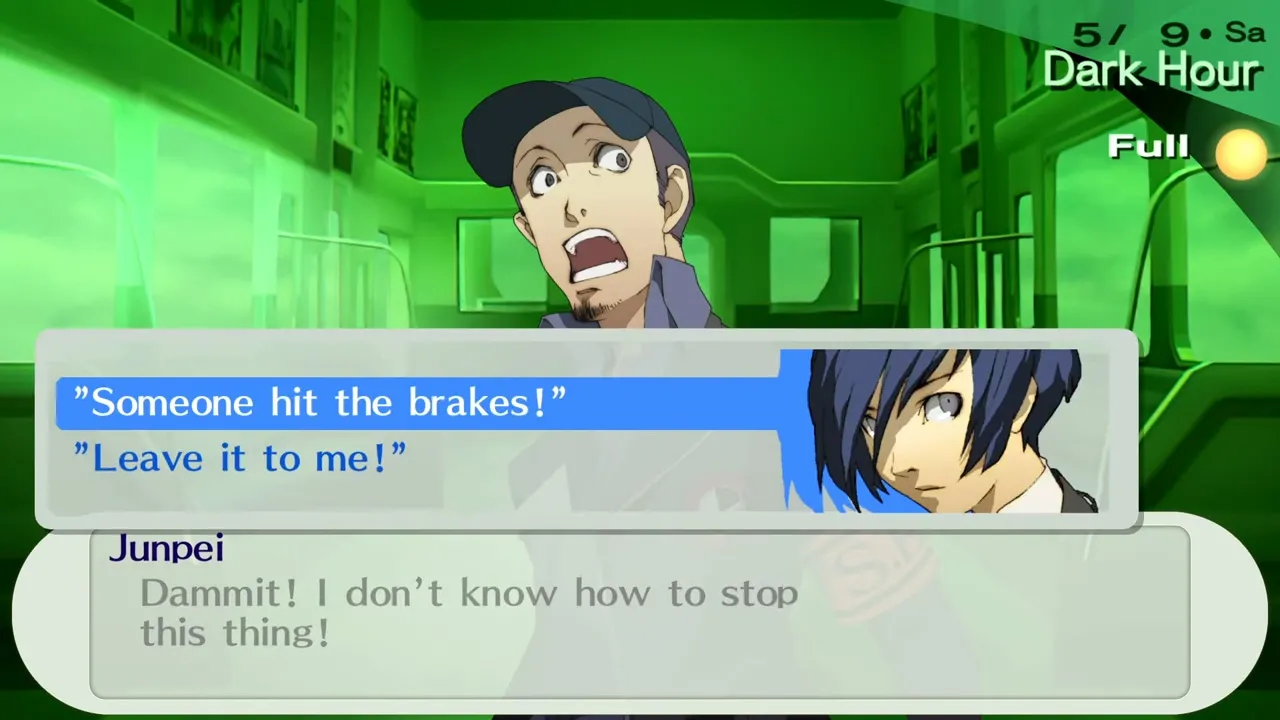 Persona 3 Portable character models
Persona 3 Portable character models
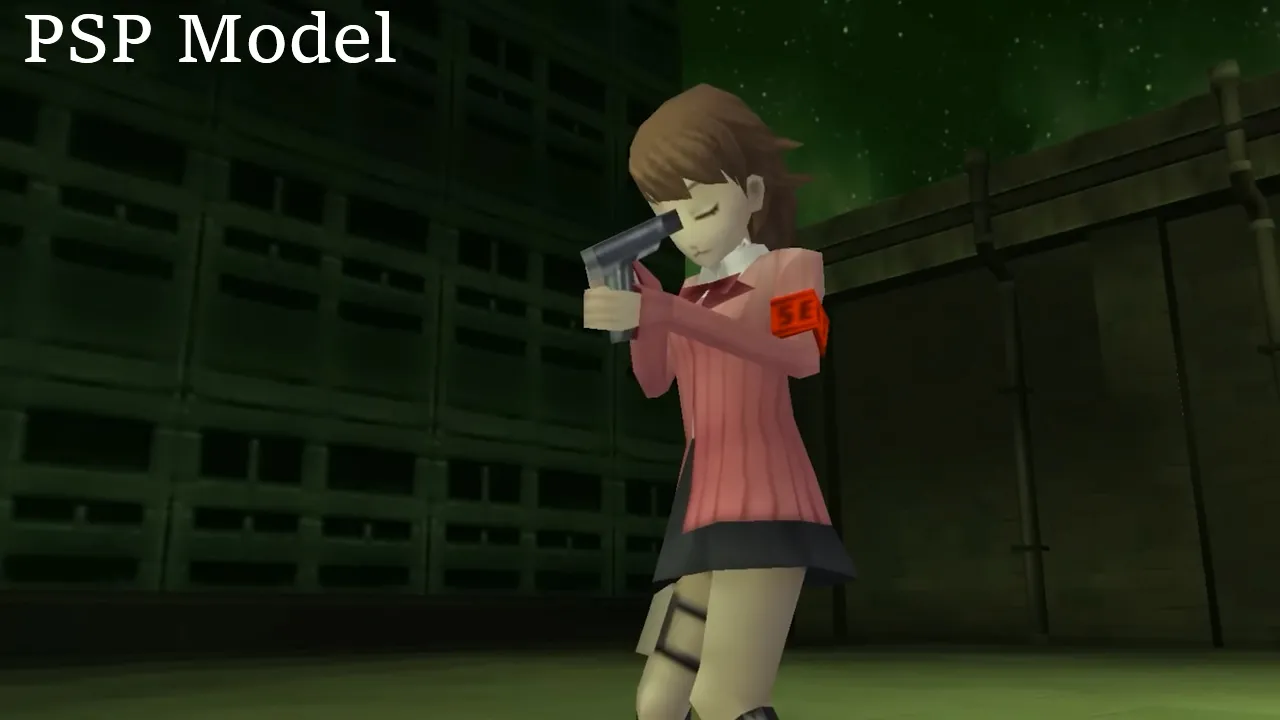 Persona 3 Portable comparison
Persona 3 Portable comparison Persona 3 Portable comparison
Persona 3 Portable comparison
Despite its flaws, Persona 3 Portable remains a compelling JRPG experience, offering deep gameplay and a thought-provoking narrative. However, the remastering effort leaves much to be desired, failing to fully capitalize on the potential of modern hardware.





Comments (0)